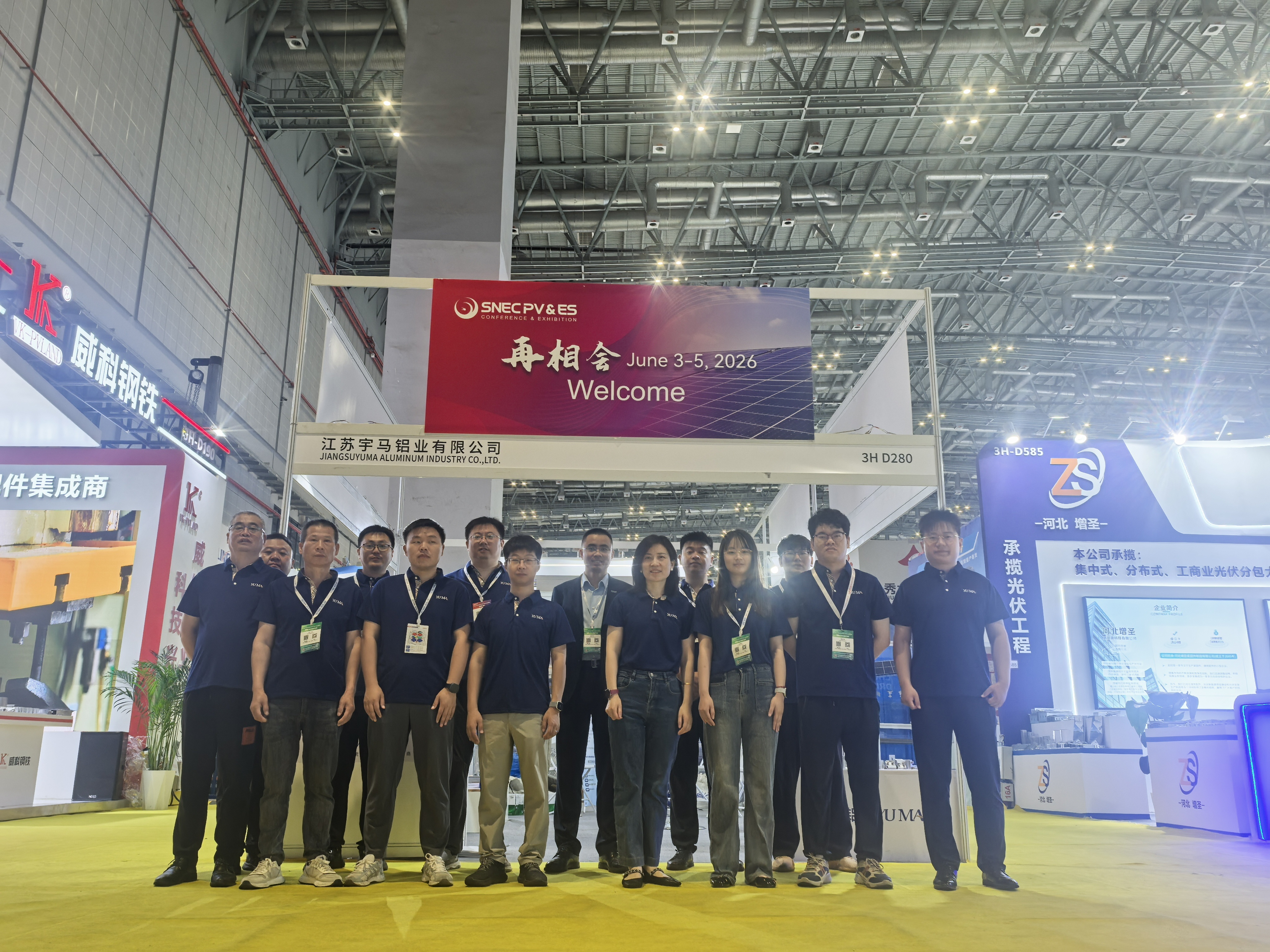Discussion on the Working Principle and Application of Roof Brackets
Release time:
2025-01-20
In-depth discussion of the working principle of roof brackets and their importance in construction, understanding their design and application.
The Working Principle of Roof Brackets
When it comes to roof brackets, many people may think of them as just a tool on construction sites. However, their working principle and applications are quite complex and important! So, how exactly do roof brackets work? Let's explore!
What are Roof Brackets?
Roof brackets, as the name suggests, are devices mainly used to support the roof structure. Their design is intended to bear the weight of the roof while ensuring the stability and safety of the building. These brackets are usually made of metal or other sturdy materials, capable of withstanding external factors such as wind and snow pressure.
The Basic Working Principle of Roof Brackets
The working principle of roof brackets can be simply understood as "sharing and supporting." When the roof is subjected to external pressure, the roof brackets will evenly distribute the pressure across the entire support system through their designed structure. This way, there will be no excessive local load, avoiding potential structural damage.
Distribution of Support Force
In practical applications, the distribution of support force in roof brackets is crucial. Designers will conduct detailed calculations based on the shape, materials, and expected loads of the roof to ensure that each bracket can bear the corresponding load. This way, the entire building can remain stable in various environments.
Material Selection
The choice of materials for roof brackets is also an important factor affecting their working principle. Common materials include steel, aluminum alloy, and concrete. The strength, toughness, and corrosion resistance of different materials vary, so the selection must be based on the specific usage environment.
Application Scenarios of Roof Brackets
The application scenarios of roof brackets are very wide-ranging, from residential buildings to large commercial centers, they are everywhere. For example, in some high-rise buildings, roof brackets not only need to support the weight of the roof but also consider the impact of natural disasters such as wind and earthquakes.
Application in Residential Buildings
In ordinary residences, the design of roof brackets is usually relatively simple, and effective support for the roof can be achieved through reasonable layout. In some rural areas, traditional wooden roof brackets are still popular; this design is not only aesthetically pleasing but also meets basic load-bearing needs.
Application in Commercial Buildings
In commercial buildings, the design of roof brackets is more complex to cope with larger loads and changing environments. For example, on the roofs of some shopping centers, roof brackets need to bear additional loads such as air conditioning equipment and solar panels, so their structural design must take these factors into account.
Future Development Trends
With the advancement of technology, the design and materials of roof brackets are constantly innovating. Many architects are beginning to use new materials and intelligent designs, making roof brackets not only capable of bearing loads but also able to achieve self-monitoring and timely feedback on structural safety.
The Rise of Smart Roof Brackets
Future roof brackets may incorporate more smart technologies, such as sensors and data analysis. These technologies can monitor the roof's status in real-time, providing early warnings for potential structural issues, thereby greatly enhancing the safety of the building.
Summary
In summary, roof brackets play a crucial role in building structures. Their working principle is not just about support; it is also an important guarantee for building safety. I hope that through this article, everyone can gain a deeper understanding of roof brackets and pay more attention to their application in future architectural designs.







